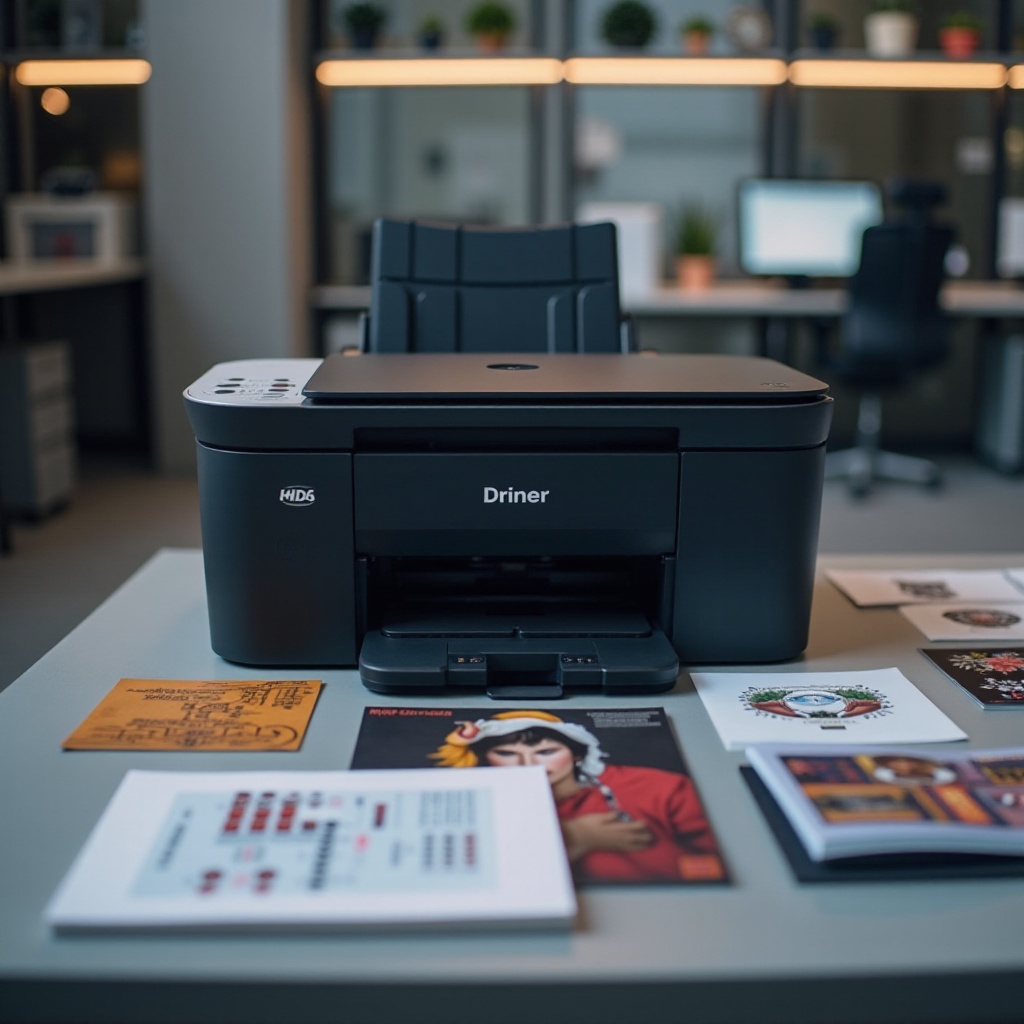Are 3D Printers Worth Buying?
Introduction
The question 'Are 3D printers worth buying?' has become common among tech enthusiasts and curious consumers alike. These innovative devices promise limitless possibilities, from creating custom items to advancing educational projects. To make an informed decision, it's essential to explore the many facets of 3D printers, weighing their advantages and disadvantages thoroughly.

Understanding 3D Printers
3D printers have revolutionized how we create and innovate. These machines build objects layer by layer using materials like plastic, resin, or metal. The process is called additive manufacturing, and it opens up a world of possibilities for creating intricate designs and functional items that would be challenging with traditional manufacturing methods.
Different technologies drive 3D printers, such as Fused Deposition Modeling (FDM), Stereolithography (SLA), and Selective Laser Sintering (SLS). Each technology has its strengths and applications, making it crucial to choose the right one for your specific needs. Understanding these distinctions can help you make an informed decision about whether investing in a 3D printer is worthwhile.

Benefits of Owning a 3D Printer
The allure of 3D printing lies in its myriad benefits, tailoring to various needs and preferences.
Customization and Personalization
One of the most significant advantages of owning a 3D printer is the ability to create customized items. Whether you're producing personalized gifts, tailor-made components, or unique designs, 3D printing empowers you to bring your visions to life with precision.
Cost Savings and Efficiency
For individuals and businesses, 3D printers offer considerable cost savings over time. Instead of relying on external manufacturers, you can produce items on demand, reducing inventory costs and minimizing waste. Additionally, the efficiency of using digital designs means faster iteration and production cycles.
Educational and Creative Opportunities
3D printers are excellent tools for education and creativity. In classrooms, they facilitate hands-on learning experiences in STEM subjects. For hobbyists and artists, 3D printers provide an outlet for exploring new ideas and producing tangible creations.

Downsides to Consider
Now that we've covered the benefits, it's also important to weigh the potential downsides of 3D printing, ensuring a balanced understanding.
Initial Investment and Maintenance Costs
Purchasing a 3D printer involves a significant initial investment. Higher-end models can be quite expensive, and you'll also need to factor in the ongoing costs of materials, software, and potential repairs or upgrades.
Technical Skills and Learning Curve
Operating a 3D printer requires technical knowledge. Beginners might find the initial setup and learning how to use the software daunting. Mastery comes with time and practice, which can be a barrier for those seeking immediate results.
Quality and Environmental Concerns
While 3D printing offers precision, the quality of output may vary based on the printer and materials used. Additionally, the environmental impact of plastic waste and energy consumption is a concern, prompting many users to seek more sustainable materials and practices.
Practical Applications of 3D Printers
3D printers excel in various fields, demonstrating their versatility and value.
Hobbyists and DIY Projects
For hobbyists, 3D printers are a gateway to crafting models, miniatures, and custom parts for various projects. The ability to design and print at home fuels endless creativity and personal fulfillment.
Small Business and Prototyping
Small businesses benefit significantly from 3D printers for rapid prototyping. Entrepreneurs can quickly iterate designs, test functionality, and adjust products before mass production. This flexibility accelerates innovation and reduces development costs.
Educational and Research Uses
In educational settings, 3D printers are transformative tools. They enhance teaching methods in subjects like engineering, design, and the sciences. Researchers use them for creating prototypes, testing hypotheses, and developing new materials or technologies.
Conclusion
Are 3D printers worth buying? The answer depends on your specific needs and goals. These devices offer unparalleled customization, cost efficiency, and educational potential. However, their initial cost, technical demands, and environmental considerations are important factors to weigh. With careful consideration, a 3D printer could be a transformative and worthwhile investment for hobbyists, businesses, and educators alike.
Frequently Asked Questions
What is the typical cost of a 3D printer?
The cost of a 3D printer varies widely based on its capabilities, ranging from a few hundred dollars for basic models to several thousand for professional-grade machines.
Are 3D printers difficult to maintain?
Maintenance varies by model, but generally involves regular cleaning, calibration, and occasional part replacements. User manuals provide guidance, and online resources offer support.
Can 3D printers be used for business purposes?
Absolutely. 3D printers are valuable for rapid prototyping, custom manufacturing, and small-scale production, making them highly beneficial for startups and small businesses looking to innovate.



